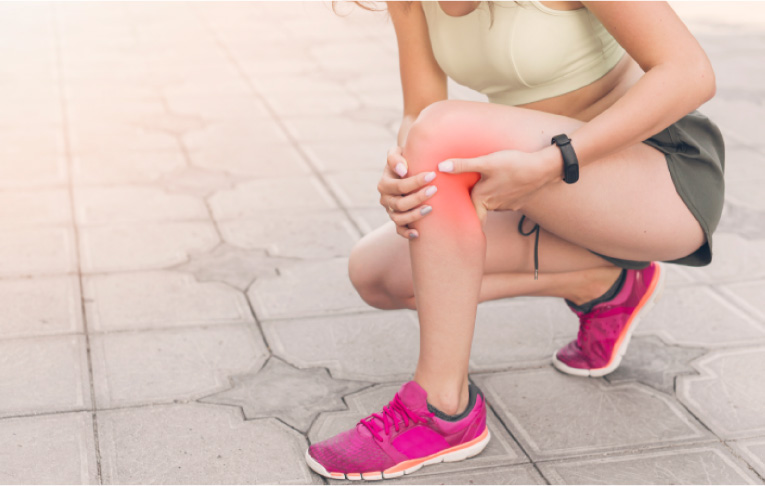As temperatures drop and winter sets in, many individuals experience an increase in joint and back discomfort, which can significantly impact daily life, particularly for those managing conditions like arthritis or previous injuries. Medical experts note that the combination of colder temperatures and low atmospheric pressure during winter exacerbates chronic joint conditions such as osteoarthritis and rheumatoid arthritis. Additionally, increased muscular stiffness due to temperature drops can reduce overall mobility, with vasoconstriction in extremities diverting blood flow to vital organs like the brain, heart, and lungs to maintain warmth.
Effective Tips To Manage Back & Joint Pain
Health professionals recommend straightforward measures to help alleviate and manage winter-related joint pains and backaches:
- Exercise: Regular physical activity is crucial for maintaining joint flexibility and improving blood circulation. Engage in activities such as yoga, Pilates, brisk walking, and weight training to keep your body active and relieve tension in muscles that contribute to joint and back pain. Exercise also enhances posture, reducing strain on the back.
- Avoid Weight Gain: Winter months often lead to weight gain, which can exacerbate joint issues. Maintain a healthy diet and avoid excessive consumption of junk and processed foods to prevent unnecessary strain on knees, joints, and spine.
- Dress Appropriately: Layer up to stay warm when venturing outdoors, as exposure to cold temperatures can intensify joint and back pain.
- Warm Shower: A warm shower helps relax muscles and alleviate tension throughout the body, providing relief from back and joint discomfort. Using a hot water bag or electric heating pad can also effectively reduce pain.
- Stay Hydrated: Combat the dehydrating effects of dry winter air by maintaining adequate hydration. Warm beverages like tea and soup not only keep you hydrated but also contribute to overall warmth and comfort.
- Healthy Diet: Adopt a balanced diet rich in nutrients to support overall health and reduce inflammation that contributes to pain. Incorporate anti-inflammatory foods such as green leafy vegetables, fiber, yogurt, and green tea, while minimizing intake of processed foods, carbohydrates, salt, and sugar.
- Soak in the Sun: Exposure to sunlight is essential for vitamin D synthesis, crucial for bone health. Adequate vitamin D levels can help alleviate musculoskeletal discomfort, so spend time outdoors when possible.
- Consult Your Doctor: While these strategies can help manage mild to moderate joint and back pain, it is essential to consult a healthcare professional if symptoms persist or worsen. Advanced arthritis or other health conditions may require specific medical intervention tailored to individual needs.
Conclusion
In conclusion, managing joint and back pain during winter requires a proactive approach that includes regular exercise, maintaining a healthy weight, appropriate clothing, and hydration. Dietary choices and exposure to sunlight also play pivotal roles in alleviating discomfort associated with colder weather. Always consult with your doctor or a healthcare professional before making significant dietary changes for optimal health management. They can provide personalized guidance based on your medical history and current health status.
Note: If you have any health-related concerns, please seek medical advice from a qualified healthcare provider.
